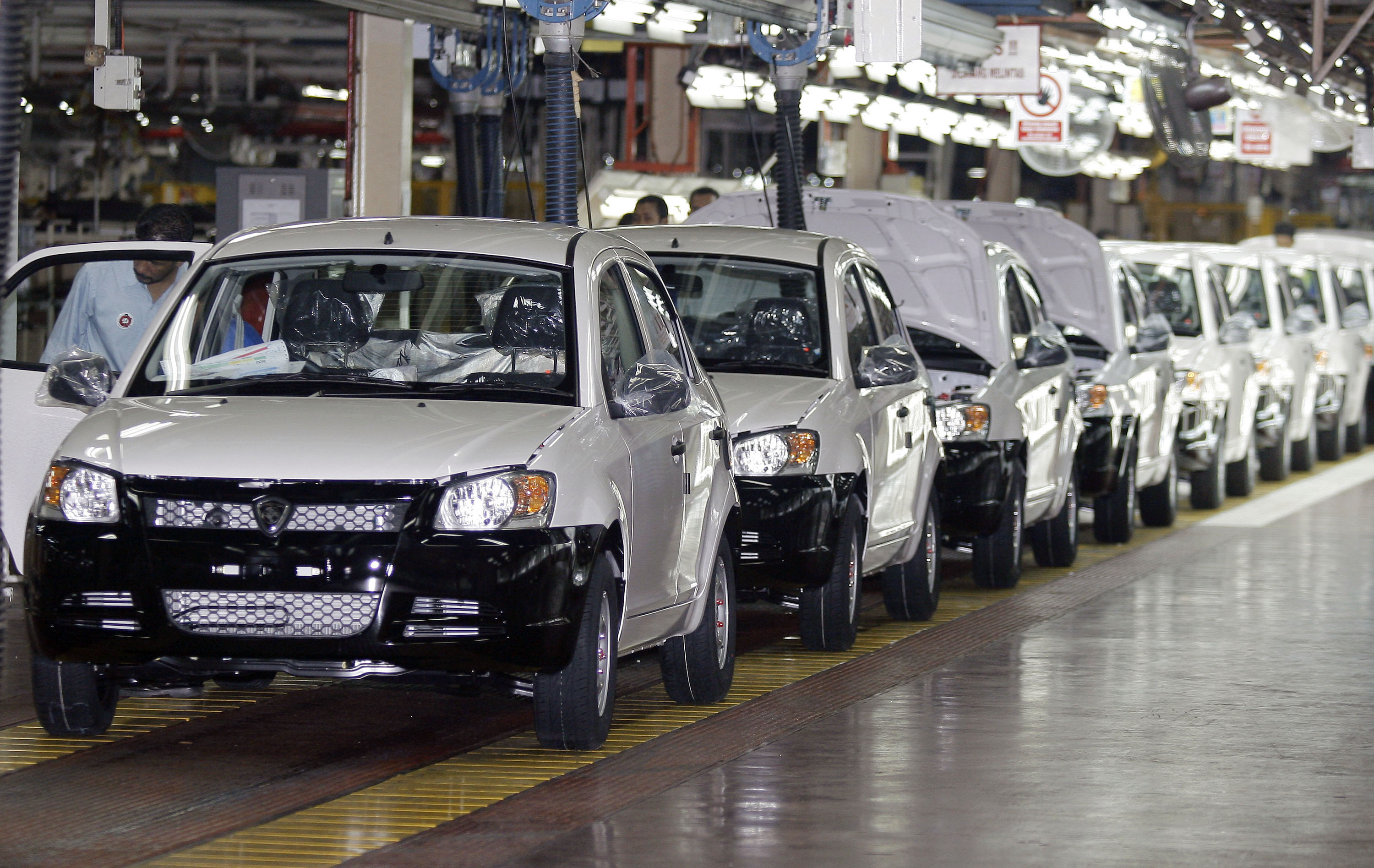Malaysian carmaker Proton Holdings Bhd, which has been in existence for more than 30 years, has come a long way and managed to capture a share in the local automotive market. It has made a significant progress in the designing and development cars that have met high safety ratings. The carmaker had successfully launched its first model known as Saga in 1985, which has gained huge popularity among Malaysians.
However, there are more that needs to be done to revive its domestic and regional demand. So, there is a need for a fresh start to sustain its brand in the marketplace. More importantly, becoming an automotive contender at the highest stage firstly requires bold steps, sometimes within an unconventional framework. Global companies constantly adapt to market situations and must constantly maintain this principle to remain global giants.
Its recent partnership with Chinese carmaker Zhejiang Geely Automotive Co Ltd (Geely) is expected to open up numerous opportunities to expand Proton’s business operation and brand value for both parties. In June, Proton and Geely had signed a definitive agreement that would see Geely take a 49.9% stake in Proton. Geely, which owns Volvo Car Corporation and The London Taxi Company, is one of the leading passenger vehicle carmakers in China. It already has facilities across the globe, including 16 manufacturing plants, seven design studios and five research and development centres. The deal with Proton will offer Geely access into the key ASEAN market and also research and development and manufacturing presence in the region.
Malaysian Automotive Institute (MAI) CEO Madani Sahari said the brand elevation expected for Proton through this deal will allow the national car maker to access larger regional markets. As common wisdom dictates that a key factor to any carmaker’s success is its production volume, this allows Proton’s potential as a sustainable global brand to be materialised. Madani stressed that this is not just important for Proton, but also the hundreds of parts and component vendors, distributors and after sales businesses that depend on exportability of the Malaysian brands to emerge as successful ventures.

ASEAN auto sales target for 2017-2020
The ASEAN automotive market is expected to reach six million vehicles in 2020. Therefore, national brands must move quickly to capture the ever-expanding regional market to stay competitive. “With both left-hand and right-hand capabilities now available within the Proton-Geely product line up, the partnership has the potential to give other brands within the region a run for their money, with a wider array of choices for consumers with the various markets,” he said.
Furthermore, Geely’s research and development facilities perfectly complements Proton’s status as a full-fledged car maker, expanding the partnership’s product range to include Geely’s SUV platform. Coupled with Proton’s excess capacity, strategic geolocation and right-hand drive capabilities, it has proven to be attractive partner for Geely.
The Malaysian Automotive Association (MAA) president Aishah Ahmad said Proton must have left hand drive models to enter the left-hand drive market in ASEAN such as the Philippines, Vietnam, Laos and Cambodia. Branding, competitive pricing, new model introduction to suit each ASEAN market such pick-up trucks in Thailand, SUV in Indonesia and four-wheel drive and B size cars in the Philippines. Brand image, styling, durability, after sales service and most importantly new model introduction with very competitive pricing.
“I guess with time, Geely can bring back Proton’s glory but it will take time to build up the brand image, good after sales support and market share as now there are more completion. I believe this is a positive move to enable Proton to compete and be well accepted. As competition is healthy it will be good for Proton and other brands will also do their level best to retain their market share,” she said.
Frost & Sullivan senior director for mobility Dushyant Sinha said the Proton Geely partnership should help improve the utilisation of Proton’s idle assets thereby improving its profitability. The technical partnership and collaboration in research and development should also help Proton launch new models and target growth segments in Malaysia and overseas as well. Strong export growth should help counter competitive pressures in the domestic market.
